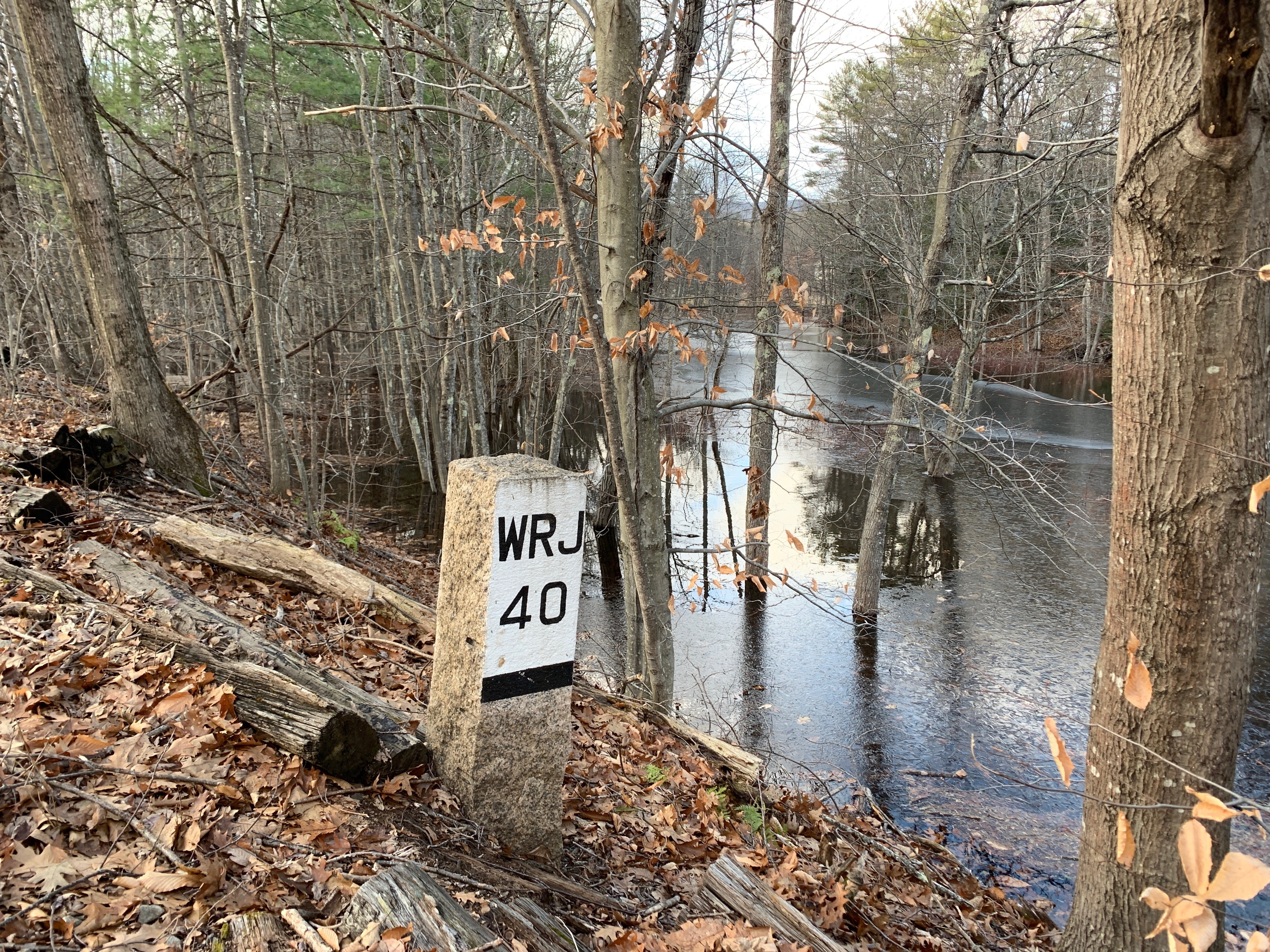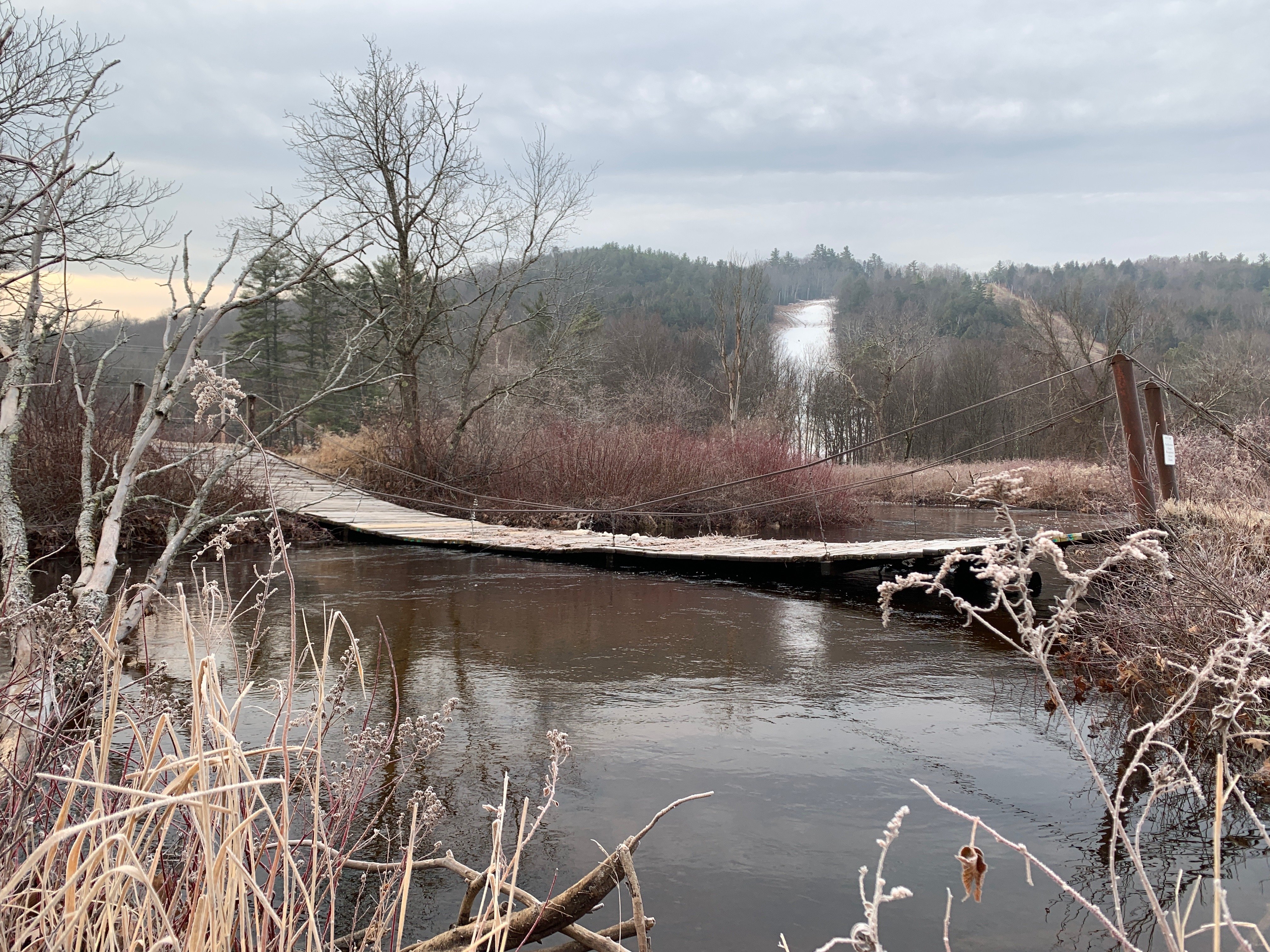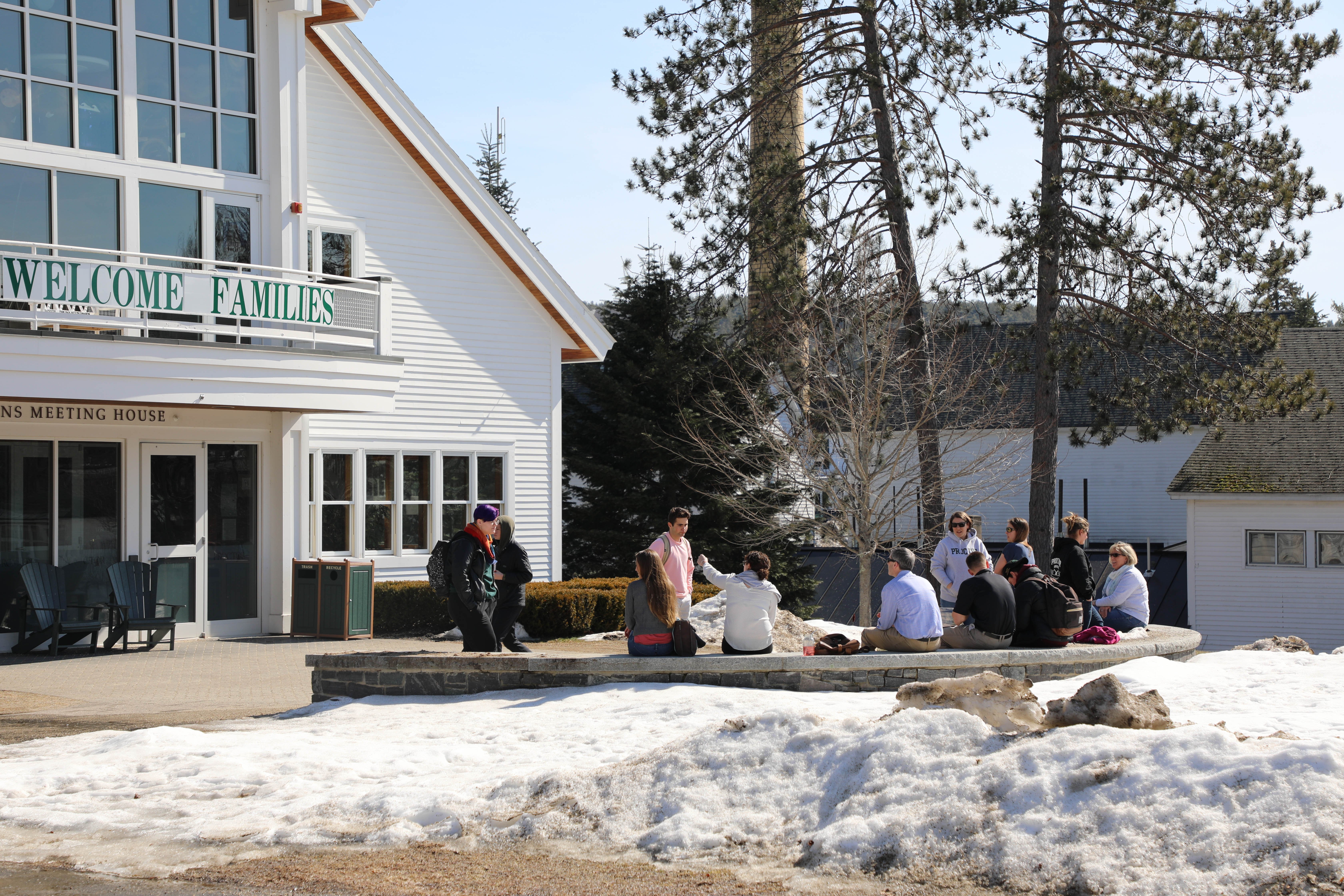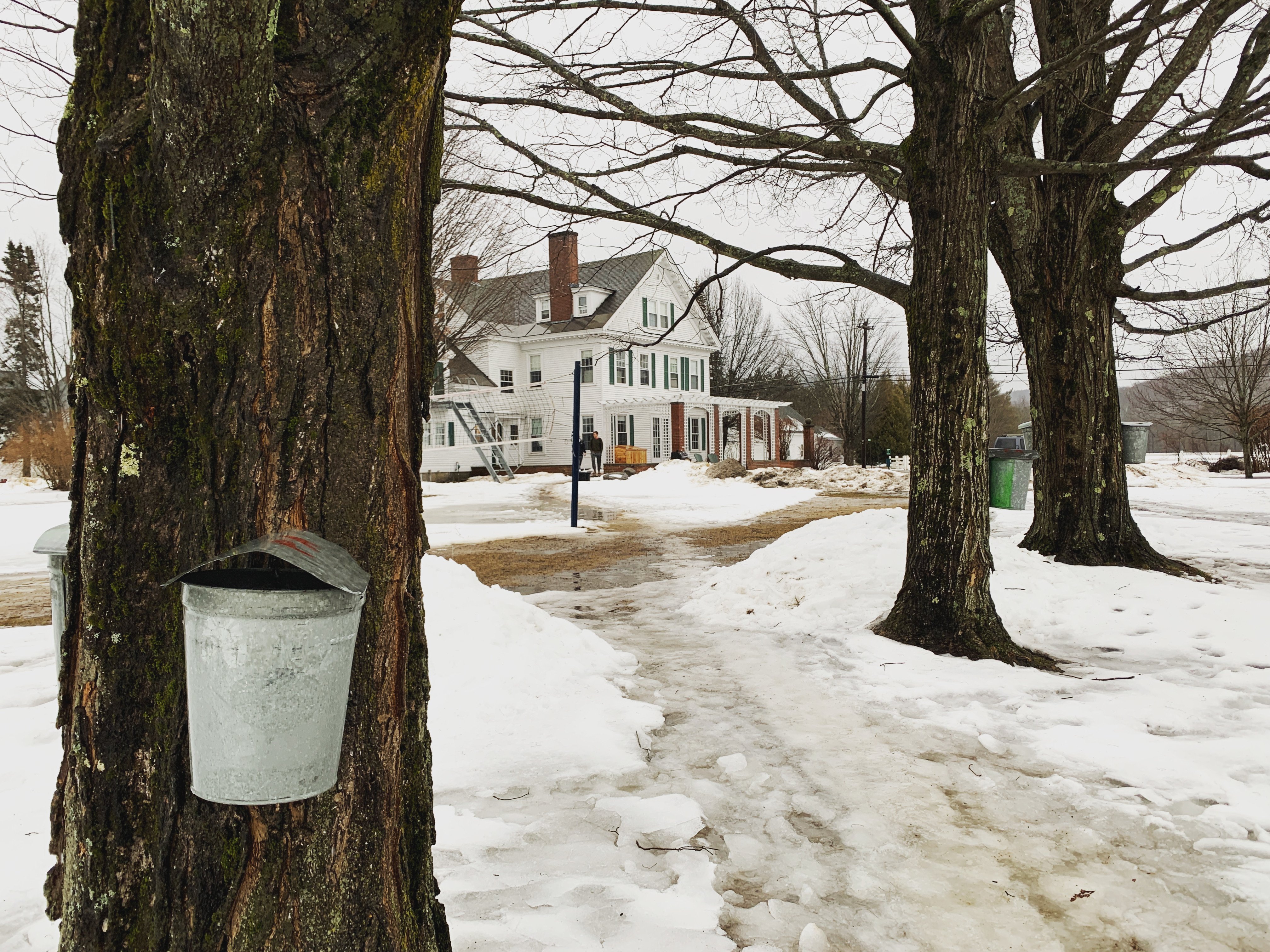In the last week the Covid-19 news has blown in on a variety of fronts - CDC, WHO, the New York Times, Johns Hopkins, BBC, NPR, NAIS - and sorting through the facts and their ramifications is a daunting task. The sources and webinars are ever burgeoning. The news shifts, the facts evolve. Cruise ships are stranded, cities are quarantined, face masks are hard to come by, hand sanitizer disappears in stores, the stock market whipsaws. China, Italy and Iran are distant landscapes, but the Upper Valley and Hanover are close. Emotions run high and life’s metronome seems to be ticktocking at a crazy and erratic beat. And while all of this is still happening “out there”, the shifting and the planning for “what ifs” has a significant impact on all of us.
How to retain perspective and not succumb to “tilt”?

To clear headspace and find balance - which we need more than ever in the Coronavirus landscape - sometimes just walking out the back door for a twenty or thirty minute stroll down by the Blackwater is helpful. The river has its own flow, its own metronome ticking of swirls and eddies to soothe. The loop down to the railroad bridge and then back along the hayfield side towards the ski area is a good one: on the rail trail side there is a mile marker that indicates exactly how many miles to Boston or to White River Junction. It’s helpful to stand next to the granite post for a minute and relish the exactitude of bearings; on the hayfield side, which brushes right up against the river in spots, the detritus of floods punctuates the edge of the field as a reminder to the full breath and breadth the river can take. The flow is constant, but the scope of the Blackwater can change. Temporarily. And then the swinging bridge, always a good spot to stop and listen to an ice floe scraping its underside, the lipping whisper of water moving around a snag, the occasional whistle of wood ducks winging overhead. In times of too much news and too much of the world crowding into headspace, these walks break the frenetic and overwhelming down into more manageable segments. We’re better at meeting our responsibilities when we remind ourselves of the larger, natural landscapes.

Sometimes the answer is in calming, centering ritual that has a beginning, a middle, and an end. Maybe it’s church and the power of ritual associated with faith, but there are many ways to build ritual into life. We all have our habits that help restore a measure of control and it’s important to pay attention to them and set aside some time even amidst the hustle. Don’t sacrifice this time. For some it may be meditating, stretching in the morning, committing to yoga or time in the weight room, while for others it might be journaling, spending time playing the guitar, or losing oneself in the simple acts like folding laundry or ironing shirts. I love this last one, ironing shirts with a steam iron. The trick to calming ritual is having a beginning, middle, and end that contributes to a sense of control and progress, and ironing a shirt ticks all those boxes in about two minutes.

Sometimes it is simply running at the issues. Each morning this week we have assembled a small Covid-19 task force to process where we are and where we think we will be, and that process has been enormously helpful. We map out contingencies and discuss possibilities. How do we best ramp up the capacity to deliver on-line content if necessary? What’s our threshold for off-campus programming and how might that shift if Covid-19 becomes more widespread domestically as well as internationally? What does self-quarantine look like for students? For faculty? For staff? What qualifies as reasonable and unreasonable risk? Who are our best outside resources? What’s the potential budgetary impact of shifting programming? Of Gordon Research not running as many conferences in the summer? Each of these and many other possibilities get teased out in discussions and are impacted by information that changes daily. Avoidance has never been a good solution generator, so hammering through the challenges and putting action plans into play wrests back control. We must lean into the challenge.

In all my time in education, I have never quite seen a disruptor like Covid-19, but in times like these we see the power of collaboration, coordination, and communication. We work to employ those tricks of self care so that we can do the larger work of community care, and I believe we can get it all done without losing perspective, without going on tilt.

Mike Henriques P'11, P'15
Proctor Academy Head of School








